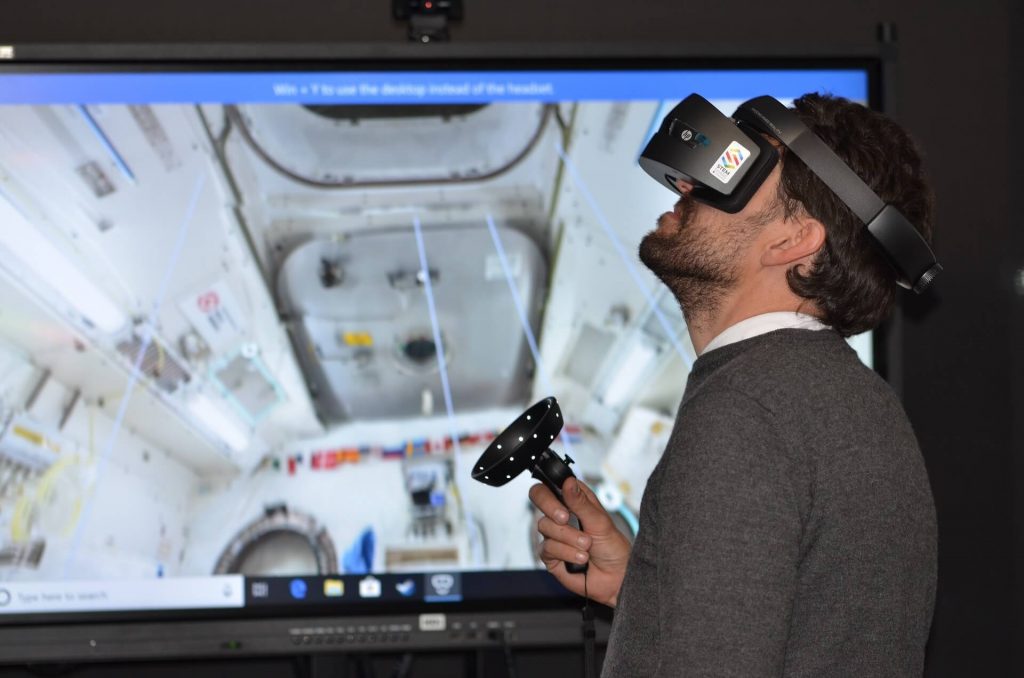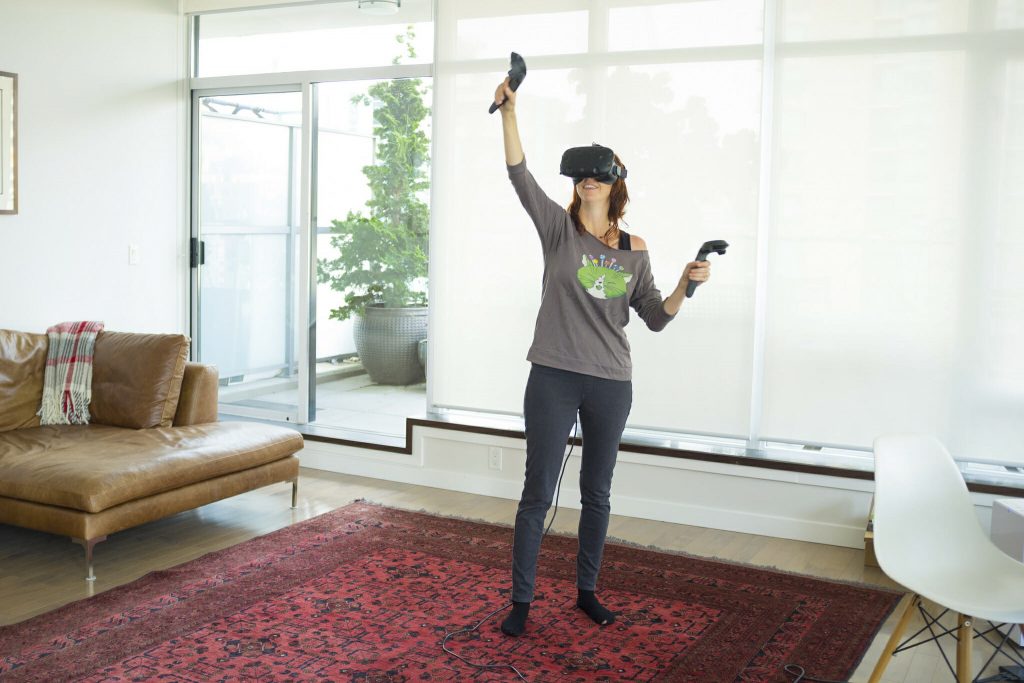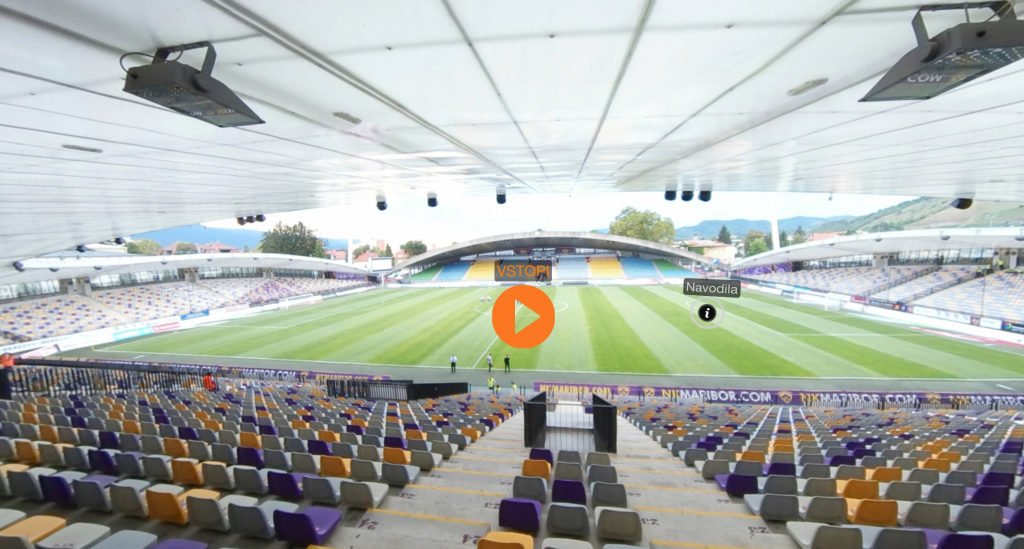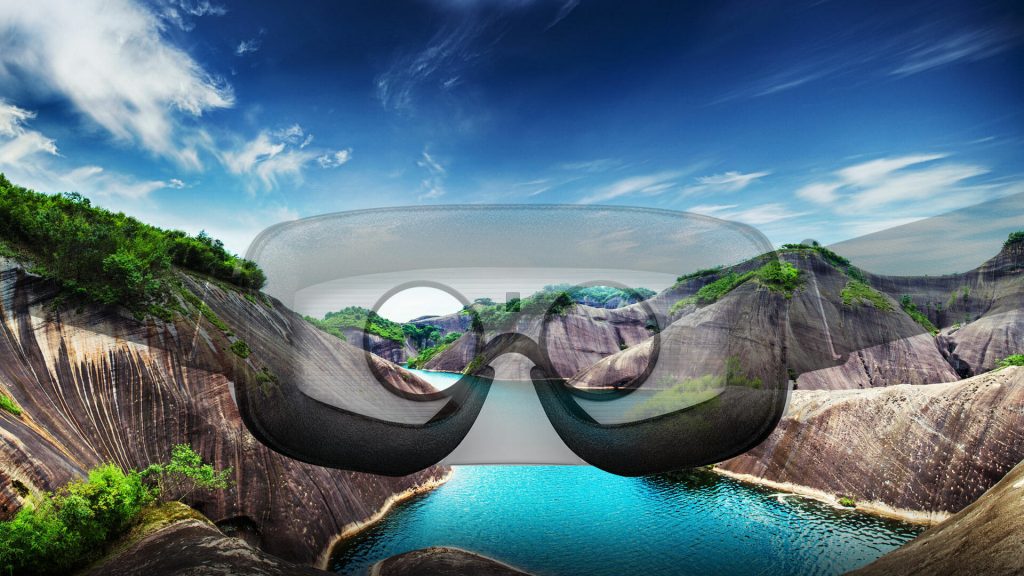The age of virtual reality is here. VR became “the next best thing” a long time ago, and it reaches new peaks every day. As this phenomenal technology develops, more and more industries use it in various fields. Using VR for business purposes is a novelty that is gaining popularity, and this idea is attractive to many companies. The goal of this article is to give you an idea about how to implement VR into your day-to-day business operations. Consequently, the level of service, customer and employee satisfaction, and productivity will increase substantially.
Where can VR help in your day-to-day business?
Well, the answer to this question mostly depends on the type of business you are running. VR has multiple advantages, and some of those can be used in all environments. For example, one strategy that companies started doing more and more is attracting new talented employees through innovative VR training programs. Young people enjoy a good virtual reality experience. If they can be a part of it in their jobs, the decision is really not that hard to make. If you are looking for a way to implement VR into your day-to-day business operations, employee training is a great start.

Employee training with VR technologies
Using VR in training purposes provides an array of possibilities. All industries can find a way to implement virtual reality and educate their workforce. The importance of virtual reality in healthcare is a great example. But, why is VR training so innovative and important? While it might seem that it is just a fun way to train and learn, it is actually much more than that.
Safety comes first!
By using VR for training purposes, you are allowing your employees to train under certain conditions that could not be simulated in our real lives. Virtual reality training helps you to avoid injuries at the workspace. You can create simulations and different situations without any fear of injury. Furthermore, your employees can experience hypothetical situations, and prepare themselves in case of an emergency. Whether it is in the case of a fire drill, urgent medical assistance in the office, or any other dangerous situation, your employees can train in a safe environment.
Collaboration and teamwork
Another reason why you should implement VR into your day-to-day business operations is to increase collaboration and teamwork. You can replace team meetings, Skype or Webex calls, and similar events with an immersive VR experience. This option offers so much more than a regular video call. Furthermore, it can include different charts, tables, and data analysis, all of that within the same environment.
Connecting with your customers
Sure, implementing VR in your business environment is a great option. But, why stop there? Why not go a step further, and reach out to your customers by using virtual reality technology? Even though not all homes have a VR device, the numbers are increasing every day. Social media played an essential role in communicating with clients, and the next in line is virtual reality. You can present products and services, answer customers’ complaints, and communicate with your clients within a VR environment. You must think big, be a pioneer in this innovative approach. Use that opportunity before your competition, and reap the benefits.
VR marketing campaigns
Even though commercials are still very popular, marketing solutions are changing as well. The goal is to make the entire customer experience unique for every person while implementing targeted strategies. VR offers a possibility not only to see a commercial but to actively participate and feel the product. Let’s take the clothing industry for example. While you cannot actually feel how a certain piece of clothing fits you, you can see yourself in it. All from the comfort of your own home. Do you need to make a layout of your home to see where the new TV could go? Or if the beautiful wardrobe you have been checking out for a month now can actually fit inside the room? All of that can be accomplished if you implement VR into your day-to-day business operations. Create a new option for your clients.
Improving products and services
VR technology can easily help you in increasing production levels, improving products and services, and much more. Let’s take the production process as an example. One of the best strategies you can implement is PLM or Product Lifecycle Management. This process helps you track all steps of creating, advertising, selling, and improving any product or service. While a lot of companies like frontecheu.com can provide fantastic PLM software solutions, imagine how Product Lifecycle Management could be improved by using virtual reality. You could easily simulate production phases, advertisement campaigns, and even future development projects. VR technology allows you an insight into multiple possible outcomes.
Better communication and business networks
Another way that companies find qualified employees is via freelancing. This option lets you hire people from all over the world, without any need of relocation. By implementing VR technologies, communication is raised to a whole other level. You can easily communicate with people from other countries. And not only that, you can meet them “in person”, arrange business meetings, etc. Your business network will improve in many ways.
Lower your expenses
VR technology can also solve the issue of renting expensive office space. There is no need for an office if you can have people join in via VR technology from multiple locations while sitting in their homes.

Conclusion
As we can safely assume, the benefits of using VR technologies in your business are:
- better employee training
- improved customer relations
- increased production and management
- lowered expenses
All of these benefits and many more are what you will get if you implement VR into your day-to-day business operations. This is the way of the future, and the sooner you embrace it, the sooner you will change your business for the better!
Author Bio: Nick Perkins is a passionate developer with over 10 years of experience in programming and design. In his spare time, he writes articles about future technologies and programming and offers his experience and advice to young developers.




